 |
 |

|
|



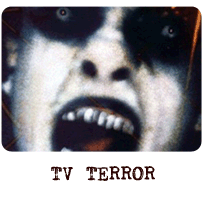
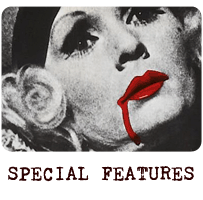

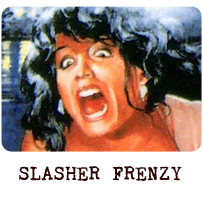
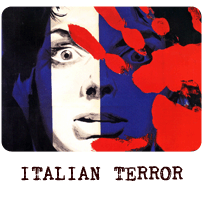

|
 |
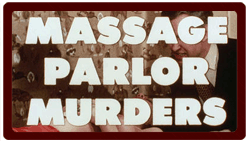 | The sleazy sex shops of New York's Times Square in the early 1970s proves to be a perfect backdrop for Massage Parlor Murders (1973). While the acting for this low budget grindhouse outing fluctuates from pedestrian to just workable, there's an admirable feistiness that runs throughout; full of cheap ketchup gore, hot pants, wedges and wilting dialogue, Massage Parlor Murders may be third-rate marquee fare, but it's an earnest endeavor begging for acknowledgment. None of it transcends, mind you, but it's all good-natured schlock horror at its finest...
by The Terror Trap | Read More |
 |
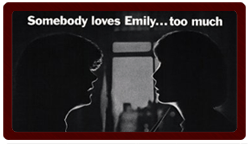 | A slow-moving drama, Windows (1980) is one of those rare breed of two-piece character studies meets obsessive De Palma-esque sex thriller. Shy and mousy, Emily Hollander (Shire) is a recent young divorcee who lives in her modest Manhattan studio with her pet cat. But her whole world comes tumbling down when one day she's brutally assaulted by an unknown psycho (Petrucelli) inside her own home. Unable to return to her old place, Emily takes a new apartment in a high rise building and begins the arduous process of putting the pieces back together. But Emily's nightmares have only just begun...
by The Terror Trap | Read More |
 |
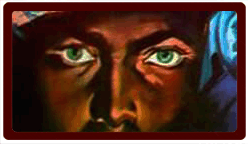 | A Black Veil for Lisa (1968), a well-acted police thriller from genre director Massimo Dallamano, doubles as an early giallo prototype. Hamburg detective Franz Bulon (Mills) is in the middle of an investigation into a powerful drug syndicate headed by an overlord known as Schuermann. But each time Bulon locates someone willing to talk about the kingpin, a knife-wielding killer slashes the would-be witness, and a frustrated Bulon finds himself back at the beginning. To make matters worse, Bulon is plagued with doubts about his beautiful -- and much younger -- wife Lisa (Paluzzi)...
by The Terror Trap | Read More |
 |
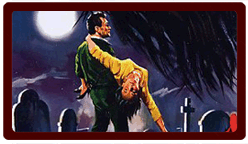 | A slickly-made British flick about witches at a contemporary English college, Burn, Witch, Burn (1962) is a heckuva lot more fun than it has a right to be. Based on Fritz Leiber's 1943 horror novel Conjure Wife and aided by a taut screenplay co-written by classic Twilight Zone writer Charles Beaumont and horror/science-fiction master Richard Matheson, this supernatural outing is well worth your time. There's a deliciously malevolent performance by Johnston as a jealous witch, and a number of great setups to spare including a stone eagle come to life to attack our hypnotized protagonist...
by The Terror Trap | Read More |
 |
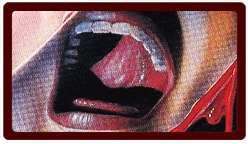 | Shot in 1983 but not released theatrically until 1987, Blood Rage -- a "twin brothers, one is a psychotic killer, which one is it?" slasher -- is not as terrible as it could have been. Thanks to the unique charms of veteran actress Louise Lasser, and some sassy gore effects from Ed French, this suburban slasher is mild fun and has a few entertaining moments. Lasser is always watchable and brings a quirky seriousness to her portrayal of troubled mom Maddy. None of it is great, mind you. But there's a sleepy, familiar genre repetition that infuses its rhythm, and the overwrought finale pays homage to the best of the splatter subgenre...
by The Terror Trap | Read More |
 |
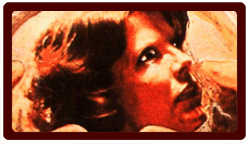 | For over five decades, Samantha Eggar has forged an impressive career across every performing medium. Whether it's her Oscar-nominated portrayal of a terrified student held hostage in William Wyler's The Collector (1965), or starring roles in Walk Don't Run (1966) with Cary Grant, Doctor Dolittle (1967) with Rex Harrison, or The Molly Maguires (1970) with Richard Harris, Eggar is always a captivating presence. She is also well remembered for her genre work, including The Dead Are Alive (1972), Return from the Ashes (1965), The Uncanny (1977), The Exterminator (1980), Demonoid (1981) -- and of course her unforgettably volcanic performance in David Cronenberg's The Brood (1979)...
by The Terror Trap | Read More |
 |
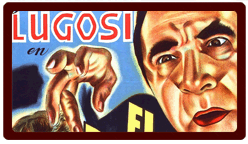 | Bela strikes back as another of the blood-drinking undead in The Return of the Vampire (1944), an atmospheric and entertaining chiller from Columbia Pictures. Directed by Lew Landers, Return is notable for its use of elements that had previously been verboten in horror films (Lugosi's own Dracula, for example): namely the sight of a thirsty bloodsucker rising from his coffin, and a close-up shot of the vampire's needlepoint bite marks on a victim's throat. Armed with enough Gothic melodrama that will make any fan's heart beat in admiration, The Return of the Vampire doesn't disappoint...
Contributed by Jose Cruz | Read More |
|
|
|
 |
 |
|